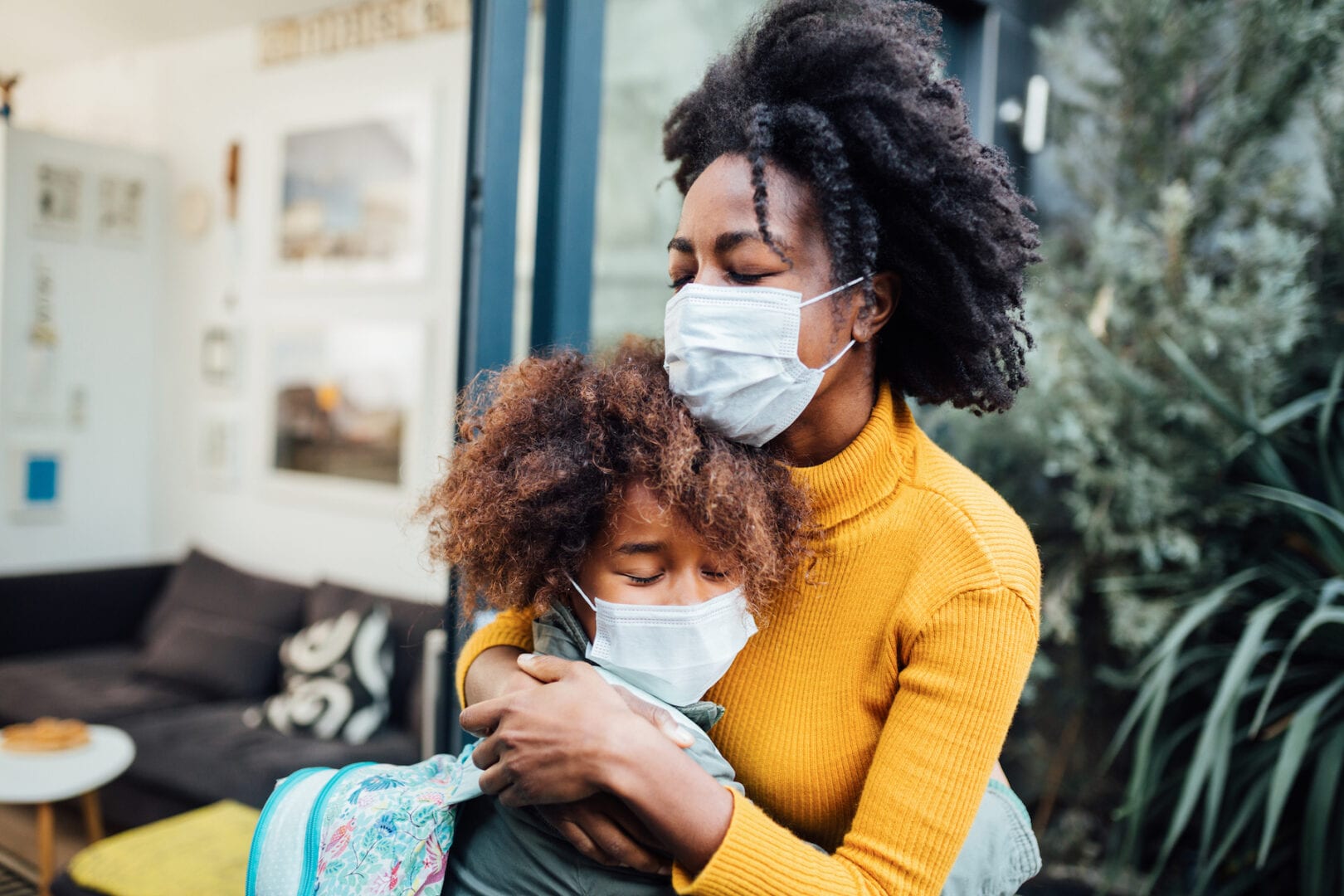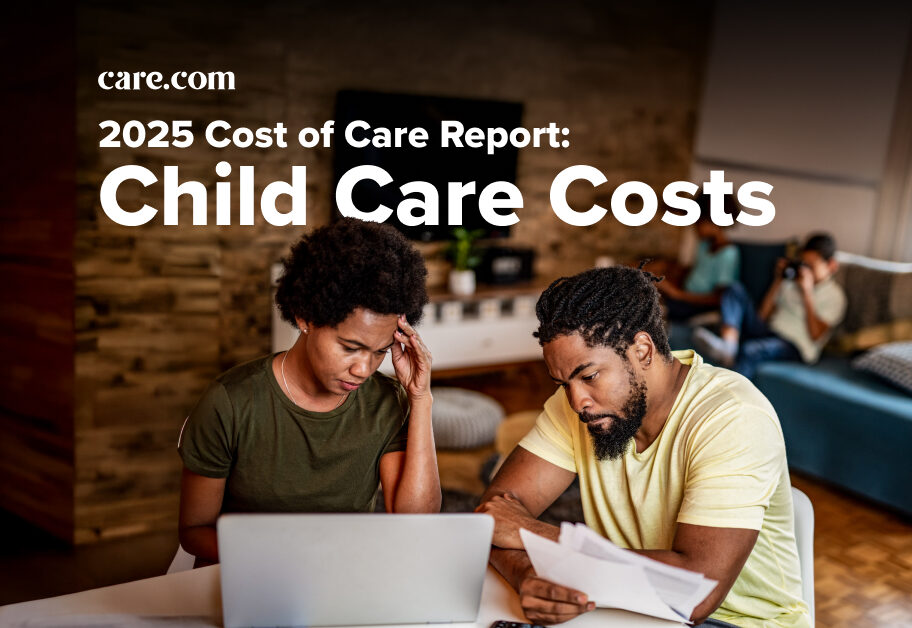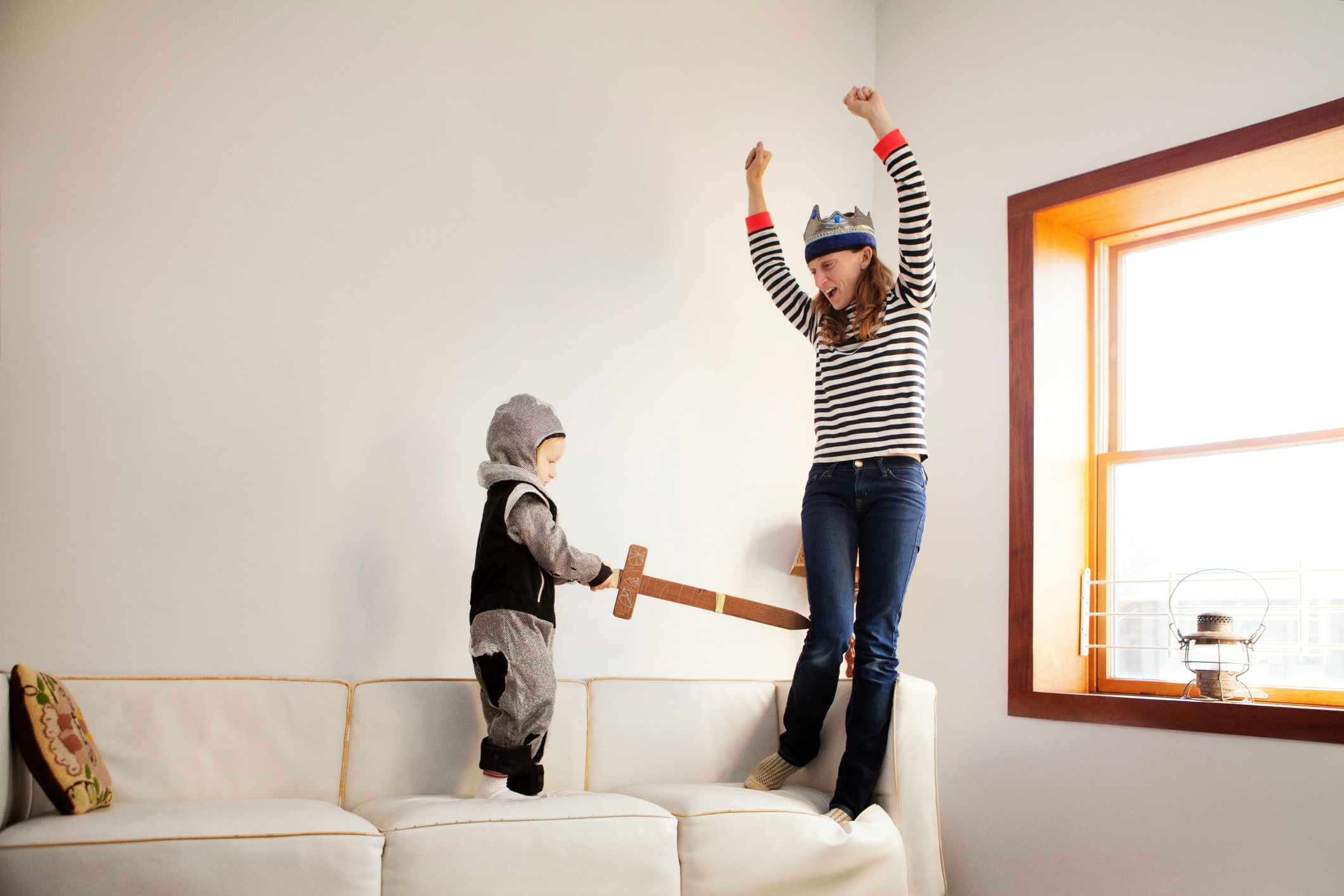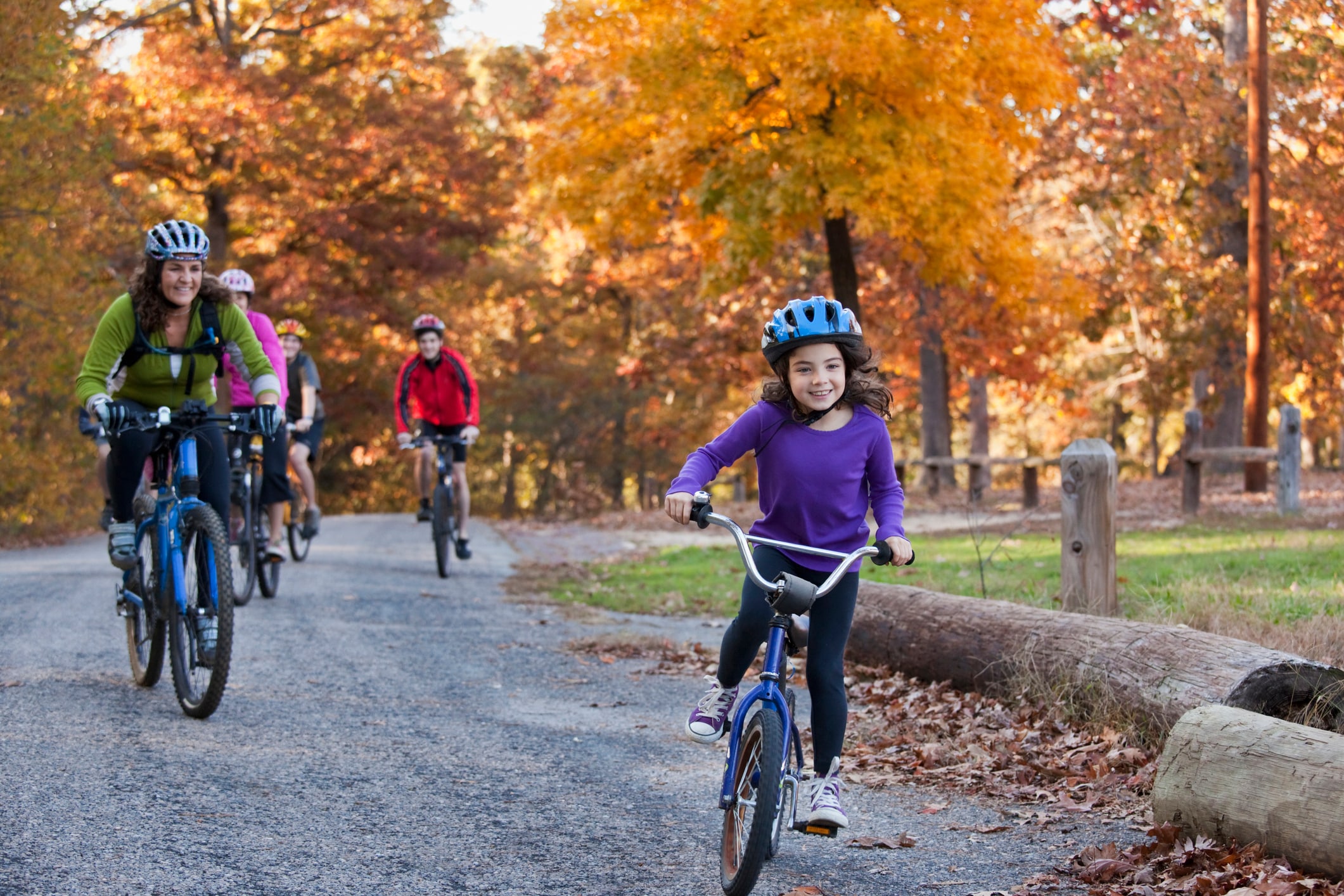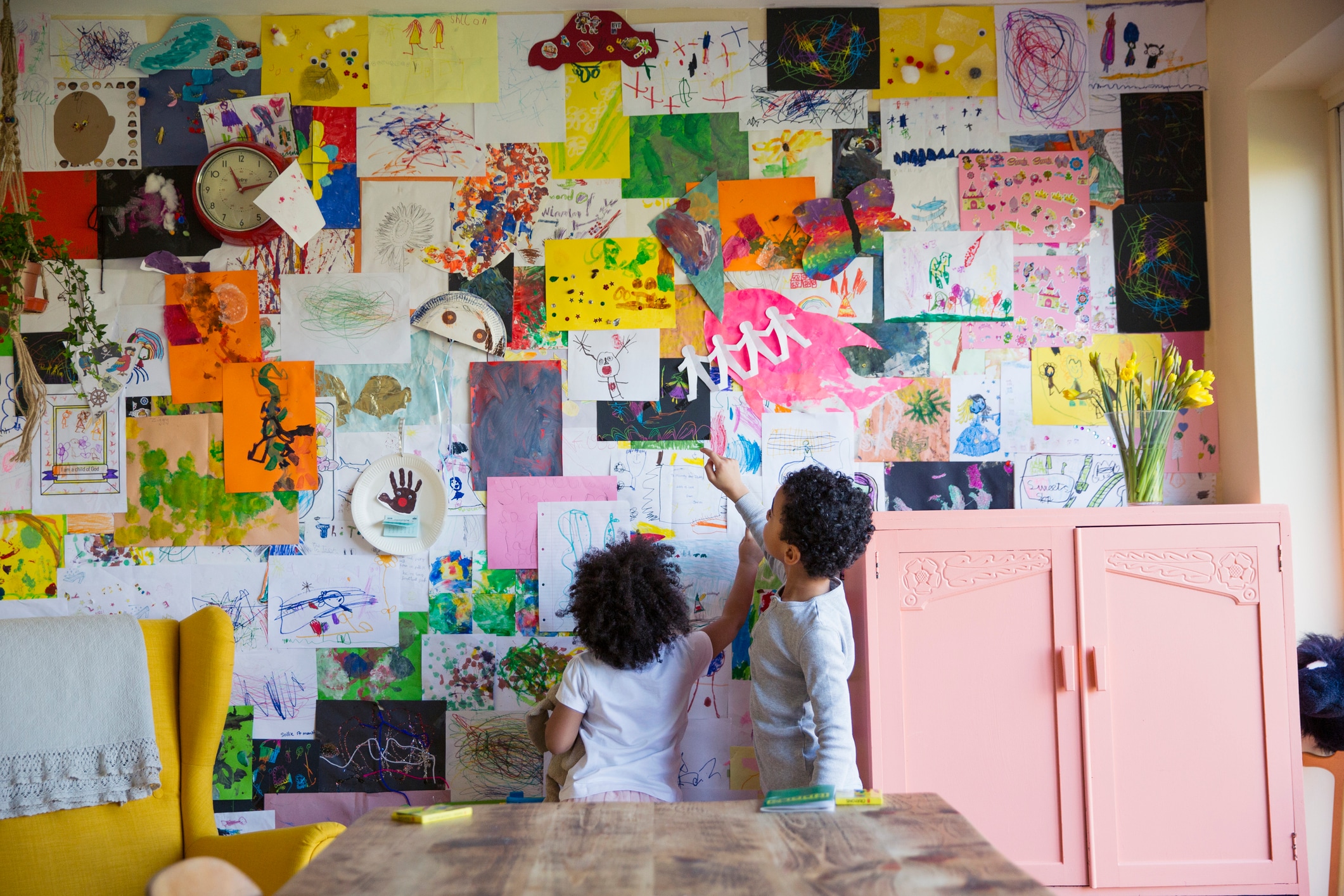A few months ago, many parents and caregivers were likely expecting the upcoming school year to feel more like pre-pandemic times when shopping for school clothes might have been our biggest concern. Yet after a summer when many families enjoyed a more regular slate of activities, we are now worrying that back to school will again be anything but “normal.”
“Parents have different concerns right now,” says Robyn Koslowitz, a licensed school psychologist and the educational director of the Targeted Parenting Institute. “They are concerned about kids and their [learning] losses, that they will have to relearn social skills or that they adapted to hybrid schooling only to have to go back to the classroom. Most parents know the start of school is going to be bumpy.”
And that was before the coronavirus, by way of its new delta variant, made an unexpected comeback. “COVID-19 is front and center for everyone, and the uncertainty is what makes this so anxiety-provoking,” says Karen Cassiday, a clinical psychologist and director of The Anxiety Treatment Center of Greater Chicago. “Uncertainty is the big trigger for those with anxiety. Then add in that there’s real — not just perceived — danger.”
“COVID-19 is front and center for everyone, and the uncertainty is what makes this so anxiety-provoking. Uncertainty is the big trigger for those with anxiety. Then add in that there’s real — not just perceived — danger.”
— KAREN CASSIDAY, CLINICAL PSYCHOLOGIST
So how can a parent or caregiver cope with another anxiety-inducing school year? Cassiday says it’s time for a new approach. “We have to have a different strategy now,” she says. “In the beginning, we were all doing everything we could to avoid danger. Now we have defined danger, but we have to keep living.”
Experts provide tips for taking panic down a notch so you can start the school year not only able to breathe freely but maybe even ready to enjoy all the amazing parts, too.
1. Focus on the process
If the past 16 months have taught us anything, it’s that so much in our lives is beyond our control. As a result, parents need to understand that there may be a limit to what they can control and accomplish. According to Koslowitz, a lot of psychological dysfunction emerges when we’re trying to control what is uncontrollable. For this reason, she advises parents to focus on the process, not the outcome.
“You can only focus on process, not outcome.”
— ROBYN KOSLOWITZ, LICENSED SCHOOL PSYCHOLOGIST
“If you have a child who winds up suffering a noticeable loss in social skills or can’t handle a long school day,” says Koslowitz, “it may feel like you’re back to square one.”
But all is not lost, she says. There are some important steps that you can take to help your child adjust and build back skills. “Ask for services from the board of education or step up your educational activities with your child,” she explains. “But then move on. What will actually happen next — we can’t focus on that.”
2. Get real about the actual risks
“Anxious people triple mask, leave their groceries outside for 72 hours and generally do things that were never necessary,” says Cassiday. “That’s not helpful, and especially not for your kids to see.”
Instead of worrying about all the “what if” scenarios, she suggests, focusing on the public health advice that national and local authorities are giving and thinking critically about how much risk you’re actually facing.
For instance, if you’re not living in a COVID-19 hotspot, but you’re still afraid your child will immediately contract the virus as soon as they return to school, you can do a technique that’s called “worry exposure.” Think about what scares you the most, then repeat that thought over and over.
“Once you habituate to that thought — usually after 15 to 30 minutes — it doesn’t have the power to scare you,” says Cassiday. “After you repeat it, you’ll start to think this is absurd, because it hasn’t even happened. After only three minutes, you’ll start to relax in the presence of that fear.”
3. Trust educators
Teachers, principals and administrators faced so many challenges over the past 18 months, yet new preparation, learning and safety measures are necessary for the new school year. Educators across the country have new guidelines from the U.S. Department of Education, and more is being done at the state, district and classroom levels as well.
“I recently spoke with a second-grade teacher,” says Koslowitz, “who is adjusting the curriculum at the beginning of the year to basically be first grade all over again.”
“Teachers have been giving this a lot of thought,” says Katherine Rosenblum, a clinical and developmental psychologist at the University of Michigan and advisor to Zero to Thrive, a program promoting mental health in families suffering inequity and adversity. Her organization partnered with the governor of Michigan to host a series of webinars dedicated to readying teachers for their return to the classroom.
“In their preparation, teachers and administrators are prioritizing health and safety, emotional and social well-being and curricula that accelerates learning given the challenges faced during the pandemic,” Rosenblum says. “Most teachers are really excited about having kids in the classroom face to face. [They know] that kids are ready for learning.”
“In their preparation, teachers and administrators are prioritizing health and safety, emotional and social well-being and curricula that accelerates learning given the challenges faced during the pandemic.”
— KATHERINE ROSENBLUM, CLINICAL AND DEVELOPMENTAL PSYCHOLOGIST
And remember, notes Koslowitz, “No one expects your child to be where they were pre-COVID academically, socially or emotionally.”
4. Draw from kids’ strength
Unlike last year, when parents may have felt the need to put on a brave face for their children, the opposite may now be true. “Children are used to the idea that there’s a pandemic going on,” says Lucy McGoron, an assistant professor at Wayne State University, who researches child and parental mental health.
If you’re already worrying that at some future date you may have to tell children that remote school or full-time masking is coming back, don’t. It’s likely they can handle more than you might think.
“What my research and others’ finds is that children can thrive, even when faced with lots of challenges,” says McGoron. “They need loving adults who create structure, give consistent rules and consequences and make time for fun even when there are stressful things going on.” She notes that adults can draw strength from children by noticing the ways kids continue to adapt.
“Our kids have been dealing with this for a good chunk of their childhoods — they have so much expertise about thriving in a pandemic that we could benefit from.”
— LUCY MCGORON, ASSISTANT PROFESSOR
“Compared to adults, children have a much more flexible idea about what’s normal,” she says. “Our kids have been dealing with this for a good chunk of their childhoods — they have so much expertise about thriving in a pandemic that we could benefit from.”
5. Make room for joy
If you’ve felt overwhelmed at any time during the past 16 to 18 months, you’re not alone. “Any parent who doesn’t admit to being somewhat burned out is not being honest,” says Koslowitz. “But we’re allowed to be burned out and replenish ourselves without feeling guilty. Take a nap, talk to your friend on the phone or pursue whatever hobby makes you feel good.”
Koslowitz stresses that the break will not only alleviate anxiety, but also equip parents to have what she calls “joy experiences” with their children. These are moments when parent and child can embrace true gratitude and happiness.
“Focus on what you are grateful for each day, and teach your child to do the same,” says Cassiday. “Be specific. You could say, ‘This iced chai latte is so refreshing on a hot day.’ Then encourage your child to say something like, ‘I’m so glad that my friend is back from camp, and I got to play with him.’ This is how you build the ability to endure during tough times.”
6. Express your emotions freely and openly
With all the uncertainty to come, you may still face a rollercoaster of emotions. Rather than worrying about your kids seeing that you’re upset, embrace the learning opportunity that comes with showing your true feelings.
“It’s really important to label our emotions by saying, ‘I’m really nervous or freaked out about this situation,’” says Rosenblum. “Being able to talk about our feelings can help parents deal with anxiety.”
